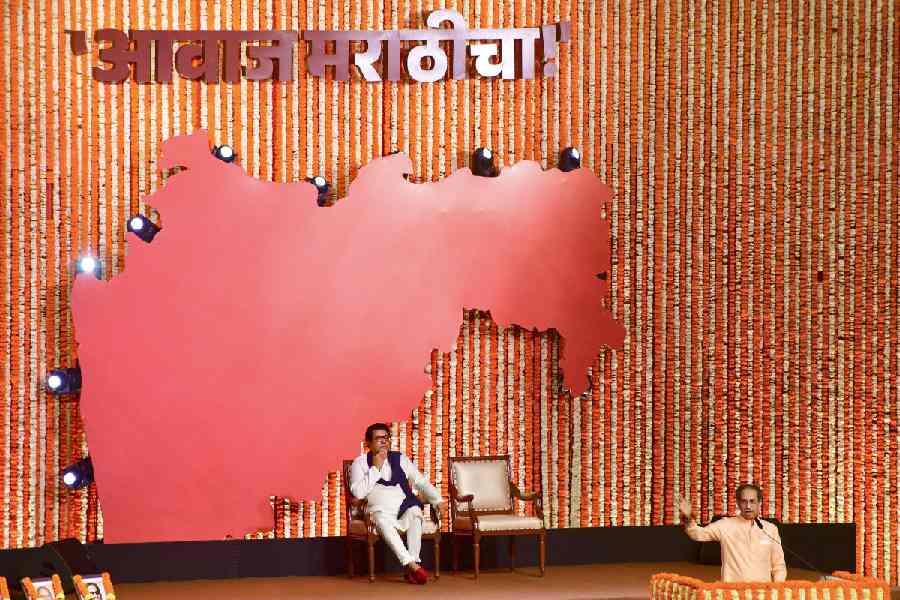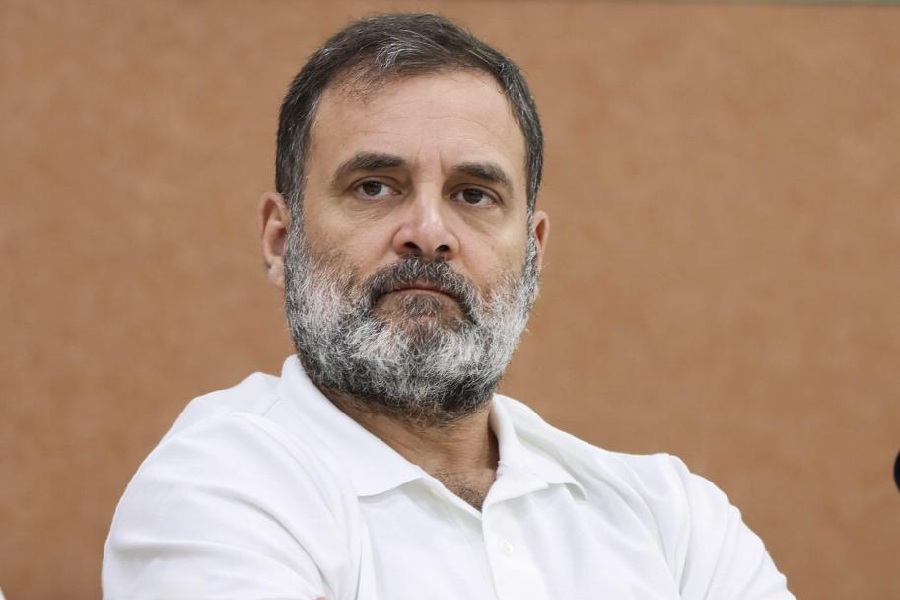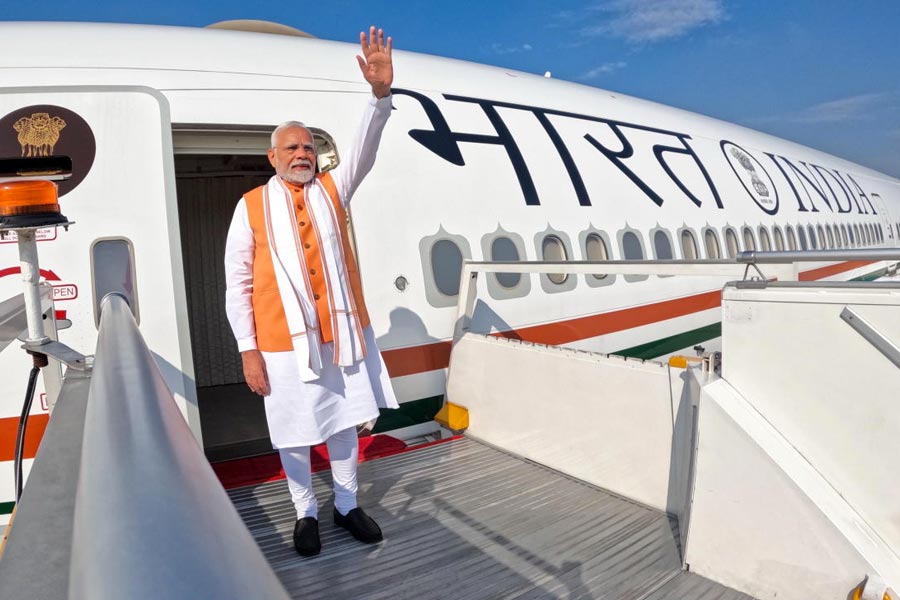New Delhi, March 9: The government is thinking of raising the creamy-layer cap for other backward classes to Rs 10 lakh from the existing yearly income limit of Rs 6 lakh in a move that would bring more well-heeled OBCs within the reservation net if implemented.
The ceiling separates less privileged OBCs from the well off, who are ineligible for quota benefits.
Sources in the ministry of social justice and empowerment, which is working on the limit, said there was pressure from the Prime Minister's Office to take a call as soon as possible.
They said there was considerable pressure on the government in the aftermath of the reservation protests by Gujarat's Patidar (Patel) community and Haryana's Jats last month.
If approved, the higher ceiling would relax the salary bar for OBC reservations in central government jobs and educational institutions.
"There are many aspects that need consideration. One, a higher income ceiling would be welcomed by the OBCs but would also be criticised by the forward castes that are anyway against reservations, especially if it includes people in the high income group," said a ministry official.
"Also, including people who earn nearly Rs 1 lakh a month for quotas could invite criticism for alienating the poor and abandoning the creamy layer concept in the Mandal recommendations which were upheld by the Supreme Court," the official added. "So a cautious position needs to be taken."
It was such considerations that had in 2013 prompted the then UPA government to fix a uniform creamy-layer ceiling of Rs 6 lakh for OBCs, rejecting the recommendations of the National Commission for Backward Classes.
The NCBC had recommended two income ceilings - Rs 9 lakh for rural areas and Rs 12 lakh for urban areas.
In March last year, the NCBC had come up with a fresh suggestion, recommending that the ceiling be fixed at Rs 10.5 lakh a year, before revising it to Rs 15 lakh in October after pressure from several quarters.
A parliamentary committee on the welfare of OBCs had also proposed that the ceiling be raised - to Rs 20 lakh. "We are doing the maths but, as of now, it is likely to be fixed at Rs 10 lakh," the ministry official said.
Opponents of raising the creamy-layer ceiling for higher income groups within the OBCs say those from the urban middle classes would be the main beneficiaries, because of easier access to quality education, negating the Mandal objective of levelling the playing field for the underprivileged.
"There is political pressure to raise the income limit. Initially we had pegged it at Rs 8 lakh but, because of the constant pressure from political parties, we were considering (a limit of) Rs 12 lakh. We will have a major crisis on our hands if the limit is raised beyond Rs 10 lakh as the forward castes will oppose such a ceiling," an official said.
Once the ministry decides on the final ceiling, it has to be placed before the cabinet for clearance. After the cabinet gives the go-ahead, the HRD ministry and the department of personnel and training will issue orders to central educational institutions and government departments to implement the new criterion.
The creamy layer was introduced at Rs 1 lakh in 1993 and then revised several times - to Rs 2.5 lakh in 2004, Rs 4.5 lakh in 2008 and Rs 6 lakh in 2013.
In its recommendations, the NCBC had said figures provided by government departments showed that representation of OBCs was not even half the 27 per cent quota they were entitled to.
A reply to an RTI query had revealed that as of January 2015, less than 12 per cent of employees of central government ministries, departments and statutory bodies were OBCs.










